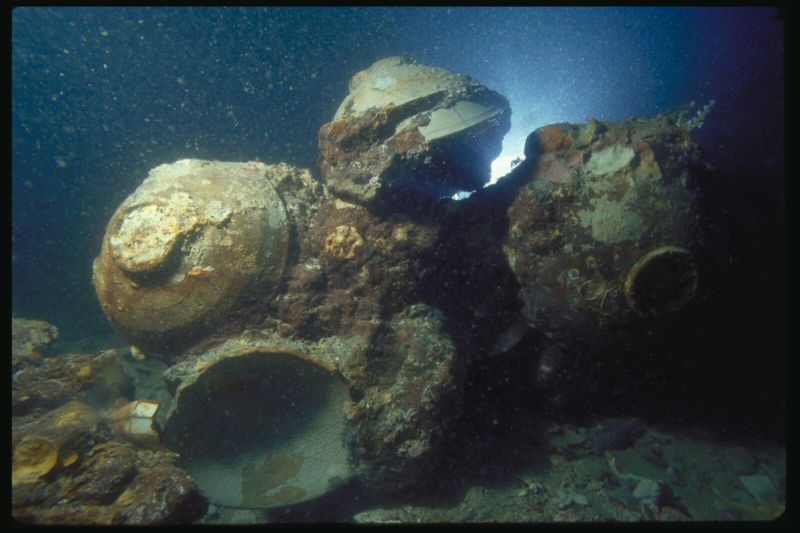

- #JAVA LIST DIRECTORY CONTENTS HOW TO#
- #JAVA LIST DIRECTORY CONTENTS CODE#
- #JAVA LIST DIRECTORY CONTENTS DOWNLOAD#
The class that implements the DirectoryStream interface also implements Iterable, so you can iterate through the directory stream, reading all of the objects. This method returns an object that implements theĭirectoryStream interface. This method returns an object that implements the DirectoryStream interface. You can list all the contents of a directory by using the You can list all the contents of a directory by using the newDirectoryStream(Path) method.
#JAVA LIST DIRECTORY CONTENTS CODE#
The first method allows the code to specify a location for the temporary directory and the second method creates a new directory in the default temporary-file directory. Java program for copying all the sub directories and files under c:\temp to a new location c:\tempNew. Example 3: Deep copy directory recursively.


iterateFiles(directory, fileFilter, dirFilter) It returns an iterator for the matching files in the given root directory (and optionally its subdirectories). It is possible for this method to fail after creating some, but not all, of the parent directories. .FileUtils provides two static utility methods, iterateFiles() and listFiles(), which can be used to list all files in a directory and optionally its subdirectories. Next, the bar directory is created, if needed, and, finally, the test directory is created. In the foo/bar/test example, if the foo directory does not exist, it is created. The directories are created, as needed, from the top down.
#JAVA LIST DIRECTORY CONTENTS DOWNLOAD#
Suppose we want to list only MP3 files, create a local class that implements the interface FilenameFilter, and overrides the accept(File file, String name) method as follows: FilenameFilter mp3Filter = new FilenameFilter() You can download a Java program for these examples at the end of this (Paths.get("foo/bar/test")) List some files and directories by a filter class that implements FilenameFilter interface. This example uses File listFiles() method to retrieve an array of File objects, so you can do something more with an individual file or directory, such as getting absolute path or file size. (aFile.getName() + " - " + aFile.length()) Java Directory Listing Code Example 2: List all files and directories with names as an array of File objects. This example uses String list() method to get names of files and directories just as Strings, and you can’t do anything further with the files/directories. Java Directory Listing Code Example 1: List all files and directories with names as an array of Strings. The argument-based methods list only files and directories which satisfy the filter you provided.Īnd next are some code examples.The non-argument methods list everything under the directory.The listFiles() methods return an array of File objects.The list() methods return an array of Strings.To remember this stuff easily, keep in mind that: Then you have to create a class that implements either the interface FilenameFilter or FileFilter, and override their methods accept(File dir, String name) or accept(File pathname), respectively. If you don’t want to list all files and directories, but some kind of files based on some conditions, then go with the methods that accept a FilenameFilter or FileFilter as an argument (method 2, 4, and 5).If you want to list all files and directories in the specified directory, use the no-argument methods (method 1 and 3).

#JAVA LIST DIRECTORY CONTENTS HOW TO#
There are 5 methods which do the same thing, so when to use which method? Well, the following explanation could you help you how to identify the method you need:


 0 kommentar(er)
0 kommentar(er)
